In July 1896, Victor D. Levitt, the manager of the Bostock-Ferrari Midway Carnival Company, received an alligator that hailed from the St. Sebastian River in Florida. Victor considered the gift to be a bad luck sign, as the large alligator had been bruised in a train wreck on its way to New York.
Victor decided to give the alligator to Acting Police Captain Lawson of the Coney Island Police station as a sign of his gratitude for Lawson’s upstanding service since taking over the corrupt police force started by Gravesend Supervisor John McKane.
Not wanting to appear ungrateful, Captain Lawson accepted the alligator graciously. He then chained the alligator to the lawn of the station house on West 8th Street, where it drew large crowds. Thinking that this activity was in violation of the penal code (not to mention dangerous!), he convinced Captain Paul Boyton that he needed an alligator at his new Sea Lion Park (because alligators and sea lions get along so well.)
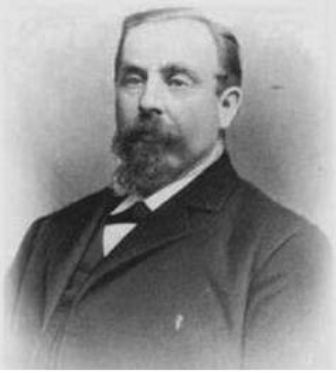
Captain Paul Boyton
Born in Ireland in 1848, Paul Boyton took to the sea at a young age. He reportedly joined the U.S. Navy when he was 15 to fight for the Union side during the Civil War.
He also helped organize the United States Life-Saving Service (USLSS) and served as captain of the USLSS station in Atlantic City, New Jersey.
It was during his stint with the USLSS in 1874 that he discovered the rubber life-saving suit invented by C. S. Merriman of Pittsburgh.
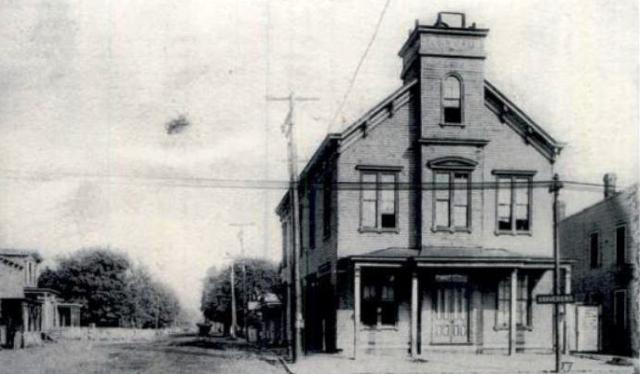
The suit – the precursor to the frogman diving suit or the dry suit used in scuba diving – was essentially rubber pants and a shirt cinched at the waist. It had air pockets that one could inflate using tubes, which allowed the person to float in the water and stay dry for long periods of time. (If only the Titanic had a few thousand of these on board!)
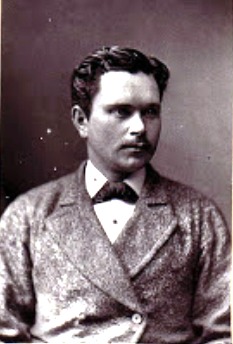
In the winter of 1879, James Creelman, a reporter for the New York Herald who couldn’t swim, was assigned to test the life-saving suit in New York. He and Paul Boyton donned the suits and jumped into the icy water at Castle Garden (today’s Battery Park) at 11 p.m.
The two daredevils paddled their way in the dark as Boyton shot off Coston flares to alert the men on Governor’s Island that they were approaching.
Once near the island, they drank some wine and smoked cigars that Boyton kept along with his flares and other safety gear in a small, 3-foot iron boat that he tied to himself.

After a few dangerous encounters with ice floes, the men finally reached shore at Stapleton, Staten Island, around 6 a.m. It was James Creelman’s vivid account of that dangerous adventure that helped propel Boyton to aquatic stardom.
Sea Lion Park
After years on the road demonstrating the rubber suit and operating a traveling aquatic circus, Paul finally settled down at Coney Island.
In 1895, he bought 16 acres of cheap land behind the failing Elephant Colossus hotel from the New York & Sea Beach Railroad. He opened his Sea Lion Park on July 4th of that same year.
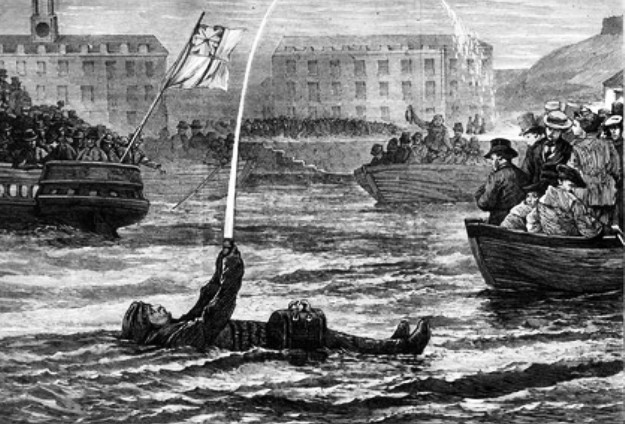
Sea Lion Park was a fenced-in amusement park that featured a broad lagoon where Captain Boyton would demonstrate his rubber suit and show off his performing sea lions.
The one-price admission also gave people access to the old-mill water ride, the famous Shooting-the-Chutes ride designed by Boyton and Thomas Polk, and the Flip Flap Railroad ride.
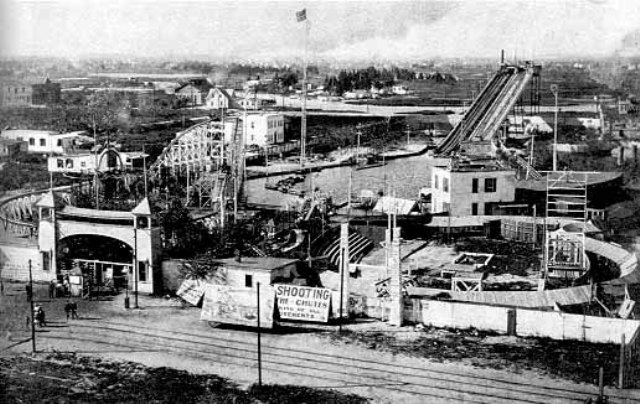
I’m not sure why Police Captain Lawson or Captain Boyton thought Sea Lion Park would be a good place for an alligator, but it was here the alligator – which they named Cap Lawson — made its brief stay on the island.
The Grizzly Death of Cap Lawson the Alligator
On July 14, 1896, Cap Lawson decided to break through the wires of his enclosure and make a meal out of Captain Boyton’s Newfoundland, Nero, who was sleeping nearby. As several attendants watched in horror, the alligator and dog engaged in a fierce battle.
Although the men tried to separate the two with clubs, their efforts were to no avail. Finally, Nero seized Cap Lawson by the throat and killed him. The poor alligator who was taken from his river home and survived a train crash never had a chance against the Coney Island Newfoundland.
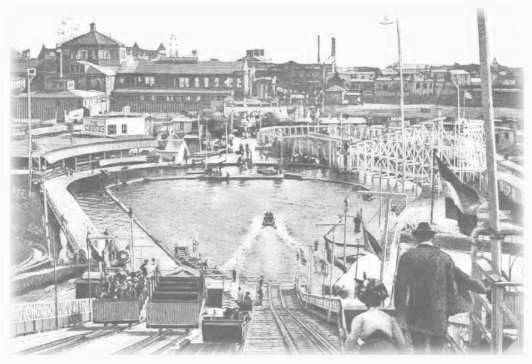
The Demise of Sea Lion Park
Although Captain Boyton enjoyed a few years of success – especially after he built a large ballroom on the former site of the Elephant hotel in 1899 – he couldn’t entice repeat customers on an annual basis.
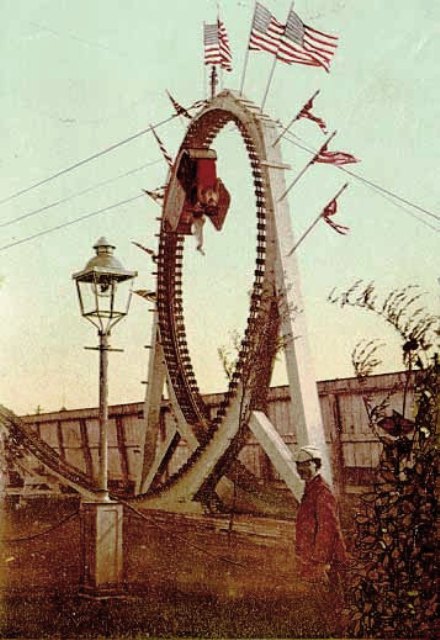
Following a dismal rainy season in 1902, he offered a 25-year lease to Frederic W. Thompson and Elmer “Skip” Dundy, proprietors of the “Trip to the Moon” attraction at Coney Island’s Steeplechase Park. A year later, they opened the spectacular Luna Park on the site.
Still drawn to the water, Boyton spent the rest of his life building houseboats along the Mississippi River. He retired in 1912 and returned to the Sheepshead Bay section of Brooklyn.
On April 19, 1924, he died of complications from pneumonia in his new home at 2649 Manfield Place (today’s East 24th Street). He was buried at Holy Cross Cemetery on Long Island.
For more about Captain Boyton, check out this article by his great grandson, Craig Dudley, on The Coney Island Blog.


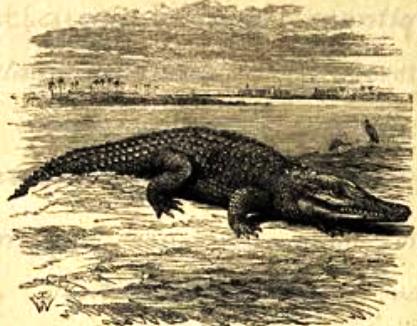
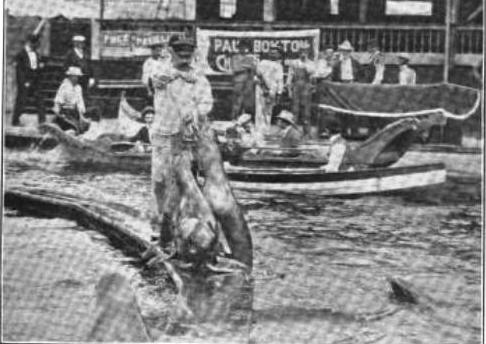


I love your post, when A-Z is over I would love to invite you to re-post this on my BLOG IS History The agreed Upon Lie?
I had to tweet it and did share on Tumblr, so maybe you’d like to write some other great historical as my guest?
I loved it, as a Floridian, always watching out for Gators and I have been to Coney Island, mom was a New Yorker for a good bit of her life…
#Blogging from A-Z swinging by to meet and greet. I am 471 and 472 in the long list, with MOVIES & What’s in a NAME Hope you swing by to 4covert2overt and Defining Ways. Hope to meet up everywhere @M_C_V_Egan
http://4covert2overt.blogspot.com/
http://mariacatalinaegan.com/
.⋱ ⋮ ⋰.,;***;,.⋱ ⋮ ⋰
⋯¤♥¤⋯.(^_^)⋯¤♥¤⋯
⋰ ⋮ ⋱…_/l_…⋰ ⋮ ⋱
♫ ƤҼƌҪҼ ƌƝƊ ĻƠṼҼ ॐ βԼƐֆֆїɳɠֆ ƌƝƊ βԼїֆֆ ♫…
Thank you so much — glad you enjoyed! I will be in touch after the challenge is over, and I’ll definitely check out your blogs!
Ah, the poor gator. Great article! I’m sure you posted this with me in mind. You know how i love Gators. Thanks!
Poor alligator. I’m glad we’re a bit more understanding of animal needs these days. Fascinating blog!
[…] August 1899, Captain Paul Boyton, the owner of Sea Lion Park and the famous Shooting-the-Chutes aquatic toboggan slide, introduced a new act to Coney Island. […]